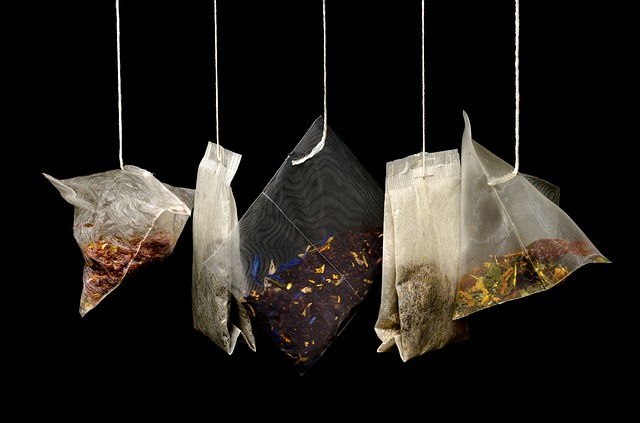The simple cup of tea is so much more than a refreshing beverage. It is steeped in decades of history and brewed in culture and language. Find out why with our journey around the world teaser.
Tea is one of the world’s most sought-after drinks, more popular than coffee, Coca-Cola, or wine.
We know very little about the origins of tea. Humans may have consumed tea for tens of thousands of years, but records that mention it are only about 2,000 years old. One legend that has endured centers around the mythical Chinese emperor Shen Nung, who allegedly ruled more than 5,000 years ago. In order to enforce sanitation throughout China, he required everyone to boil all drinking water. One windy day, a load of leaves from a nearly bush blew into the water. Shen Nung gave it a go, had a sip and the art of tea was born. Allegedly.
What we do know for sure is that tea is a massive part of culture around the world.
“If you are cold, tea will warm you;
If you are too heated, it will cool you;
If you are depressed, it will cheer you;
If you are excited, it will calm you.”
-William Ewart Gladstone
Britain
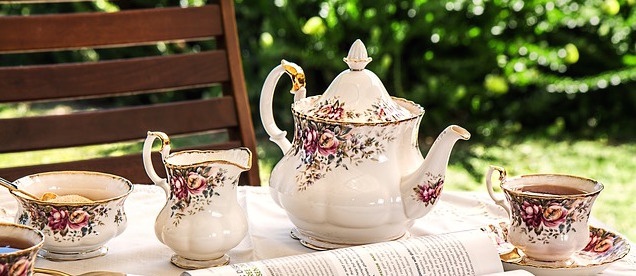
Tea was introduced in England in the mid 1600’s, when its consumption was limited by the high cost and the segregation of tea being served in coffee houses that catered solely to men. Once tea became popular enough in the coffee houses, more specific tea houses began to be opened all around the country. Here, men and women could both enjoy a cup of tea or buy some for home.
In England today, the tradition of afternoon tea is alive in homes, upscale hotels and department stores, and even in the small neighbourhood cafes and tearooms found in every town. Whether it’s a short break for a cup of tea and a small cookie, or a three-course event of cakes, scones with jam and Devonshire cream, sandwiches and other treats, afternoon tea will continue to be a true English tradition. Tea itself will have a lasting place in English culture.
India
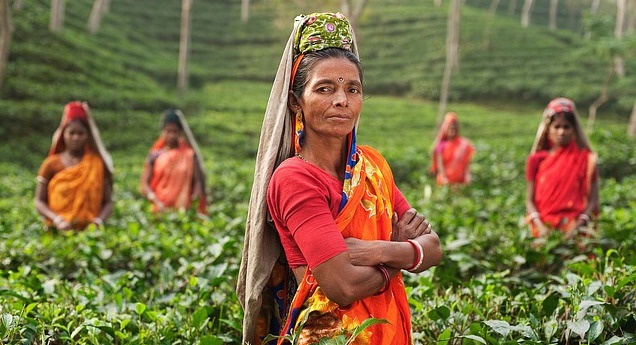
Tea in India gained popularity as a national beverage in the 19th century after the British began to create large-scale tea plantations in order to ensure adequate supplies for their country’s growing thirst. India is one of the world’s largest suppliers of tea, and yet because of this relatively recent history, tea has not had time to appropriate any elaborate tea rituals such as in Japan or China. Although not ritualized, tea is more a part of everyday life at home, work, on the streets and while traveling.
Cha-ya (Chai tea) is the preferred style of tea sold on the streets, in train stations and in restaurants. Cha-ya is strong black tea, spiced with cardamom, fennel, cloves or other spices, sweetened with sugar and mixed with milk for a sweet and creamy beverage that many Westerners would know as Chai tea, and consumed alone or with savoury snacks like samosas. Usually street vendors or train stations will sell this tea in small clay cups that are smashed after use. It is common to find the young and old socializing over a cup of chai in the evening at the local tea stall.
China
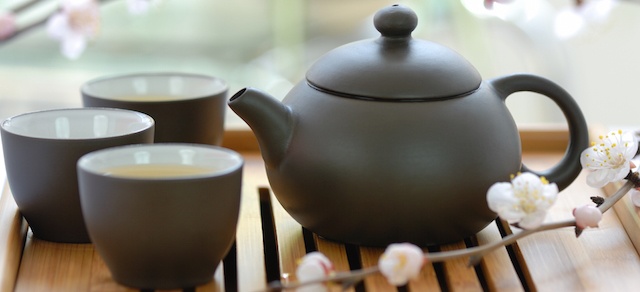
The traditional Chinese tea ceremony is about art, elegance and harmony, and emphasizes the tea rather than the ceremony; what the tea tastes like, smells like, and how one tea tastes compared to the previous tea, or in successive rounds of drinking.
In China, tea was considered a medicinal staple. Tea was not only a treatment for individual illnesses, but was also considered a general health tonic, said to promote long life and vitality. Even today, in traditional Chinese medicine, green teas and pu-erhs are prescribed for a variety of complaints, especially as modern research has come to support many of these claims.
One of the first written accounts about the tea ceremony dates as far back as 1200 years ago, during the Tang Dynasty. For some time, only people of high standing in the imperial courts and select priests were able to drink tea on a regular basis. Later on, tea became more widely available to all people, and the lower classes were finally able to enjoy tea more frequently.
Anyone who has been to an authentic Chinese restaurant is familiar with the concept of Jasmine tea as the drink to order to really enjoy the food at its best.
Japan
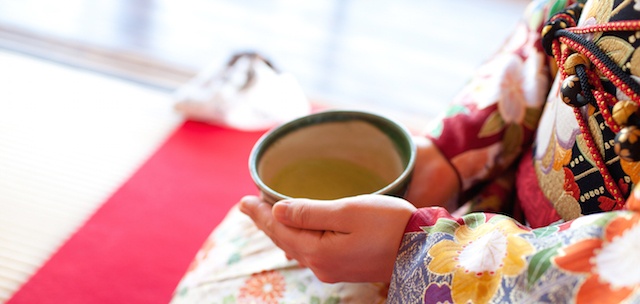
Although tea took some time to spread from China to Japan, many believe that Japan was where tea met perfection in the art of Cha-no-yu, or the Japanese tea ceremony. After arriving in Japan many schools of the tea ceremony began, with influences ranging from monks to samurai warriors. Cha-no-yu’s fundamentals lie in the humility of the guests, appreciating the moment’s uniqueness in terms of time and place, season and those present, and the art of simplicity and balance in form, movement and objects. These three fundamentals have found their way outside of the tearoom and into many aspects of Japanese life.
France
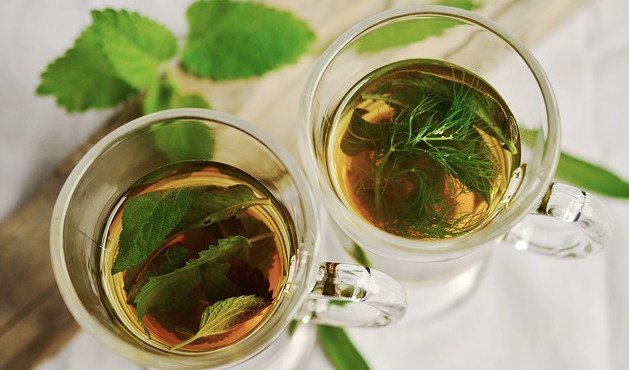
France has a very similar history and affection for tea as England. Tea was introduced around the same time and was indulged in primarily by the aristocratic class, before eventually being taken up by the rest of the population. Tea was first introduced as a medicine, although French doctors were quick to denounce it as having any medical worth, even citing the amount of caffeine as a potential health threat. To this day, many French families do not allow their children to drink tea, because of its caffeine content. Many adults even prefer naturally caffeine-free herbal tisanes like chamomile and verbena.
Russia
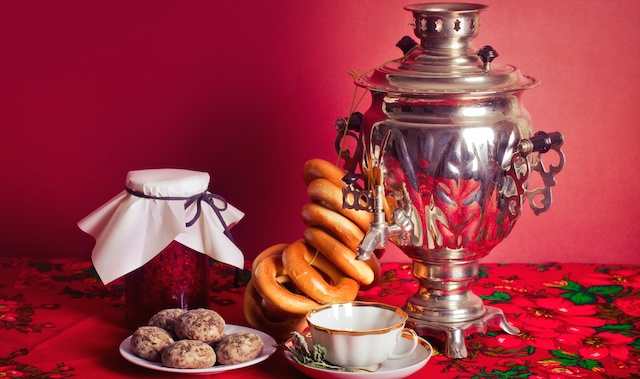
Tea became available in Russia in the 17th century, brought by the caravans of traders on camels who would make the cross-continent journey from China. This journey took almost an entire year to complete, resulting in tea being quite expensive and only available to the aristocratic class for many years.
Everything changed in 1880 when the Siberian Railroad opened and the trip was completed in just two short months. Tea became widely available, and was embraced by all social classes, centering around the samovar. Tea is so engrained in Russian culture there’s even an expression “to have a sit by samovar,” to describe the social side to drinking a cup of tea. Although drinking from a samovar has mostly given way to the convenience of the kettle, the tea drinking culture in Russia is still a massive part of Russian life.
Egypt
Egypt is one of the world’s largest importers of tea, and tea is considered the official hot drink. Most people drink several cups of black tea every day. It is almost always sweetened with sugar and is often flavored with fresh mint leaves.
Morocco
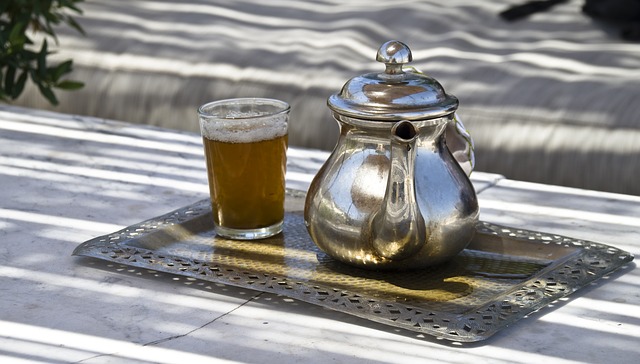
In Morocco, mint tea is drunk throughout the day, especially during and after meals, because of the mint’s naturally ability to aid in digestion. Preparing tea is considered a ritual of the highest honour and is usually performed by a male member of the family.
Turkey
Although tea passed through Turkey as part of the Silk Road trade in the 1500s, it did not begin to become a part of daily life until nearly four centuries later. Tea became a cheaper alternative to coffee; four glasses of tea could be purchased for the price of one cup of Turkish coffee.
Be sure to get our “hot” tips wherever you are traveling to next – learn how to say tea in 160+ languages. Now, let’s get the kettle on.
Andrie Steliou
Latest posts by Andrie Steliou (see all)
- 8 Ways to Help Keep Your Child Focused and Engaged in Online Learning - October 19, 2022
- How to Improve Social Intelligence Skills? - May 10, 2022
- How to Improve Organizational Skills at Workplace? - May 6, 2022

